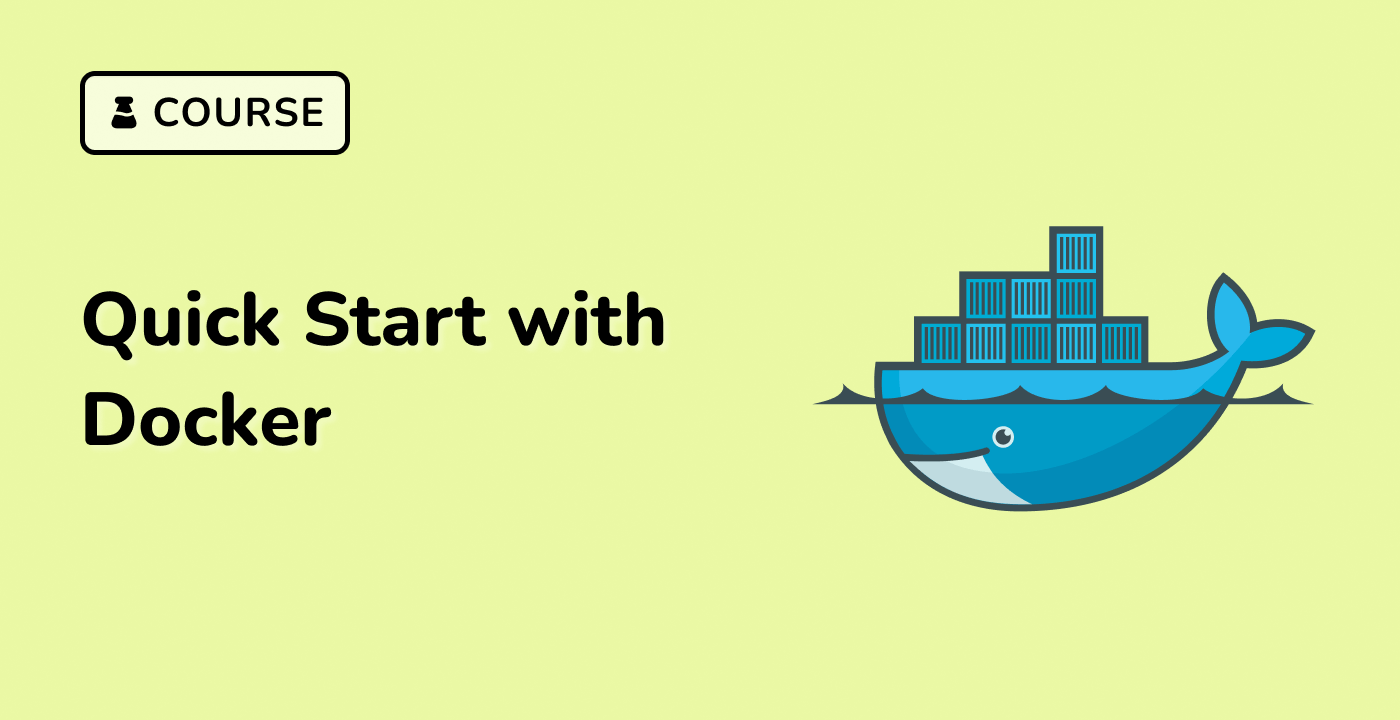Practical Applications and Use Cases
Docker volumes have a wide range of practical applications and use cases. Here are a few examples:
Database Storage
One of the most common use cases for Docker volumes is to store database files. By mounting a volume to the database container, you can ensure that the data persists even if the container is stopped or recreated. This is particularly useful for stateful applications like MySQL, PostgreSQL, or MongoDB.
docker run -d \
--name db \
-v my-database:/var/lib/mysql \
mysql:5.7
Persistent Application Data
Docker volumes can also be used to store application-specific data, such as user-generated content, configuration files, or logs. This ensures that the data is not lost when the container is stopped or removed.
docker run -d \
--name app \
-v my-app-data:/app/data \
my-app:latest
Shared Data Between Containers
Volumes can be used to share data between multiple containers. This is useful when you have a set of containers that need to access the same data, such as a web server and a database.
docker run -d \
--name web \
-v shared-data:/app/data \
my-web-app:latest
docker run -d \
--name db \
-v shared-data:/var/lib/mysql \
mysql:5.7
Backup and Restore
Docker volumes can be easily backed up and restored, making them a valuable tool for disaster recovery and data migration. You can use tools like docker save and docker load to create and restore volume backups.
## Create a backup
docker volume create backup-volume
docker run --rm -v backup-volume:/backup busybox tar czf /backup/volume-backup.tar.gz /backup
## Restore a backup
docker run --rm -v backup-volume:/backup busybox tar xzf /backup/volume-backup.tar.gz -C /
By understanding these practical applications and use cases, you can effectively leverage Docker volumes to improve the reliability, scalability, and manageability of your containerized applications.




